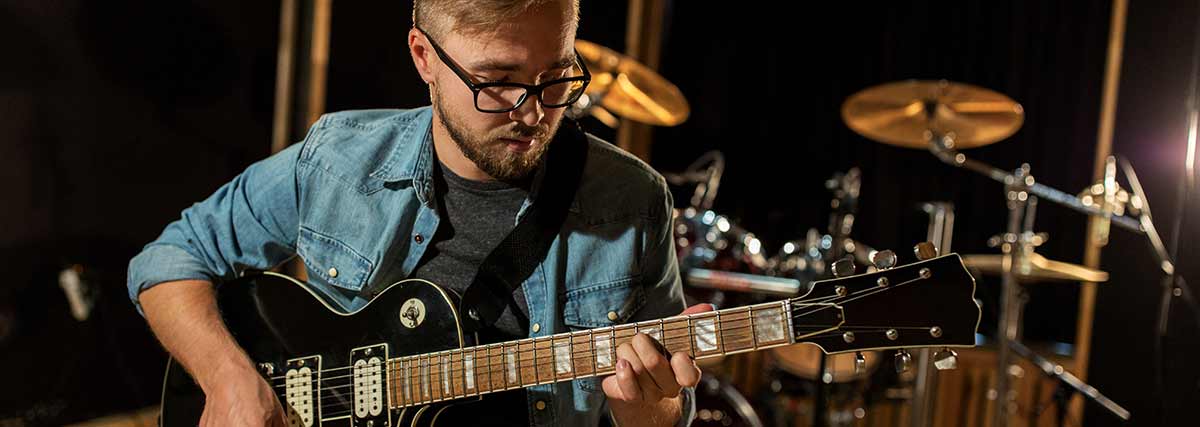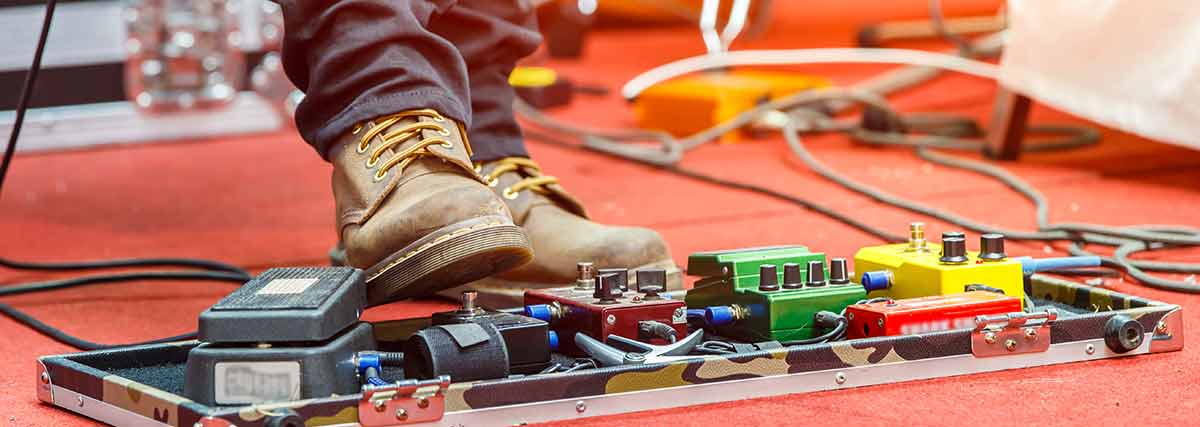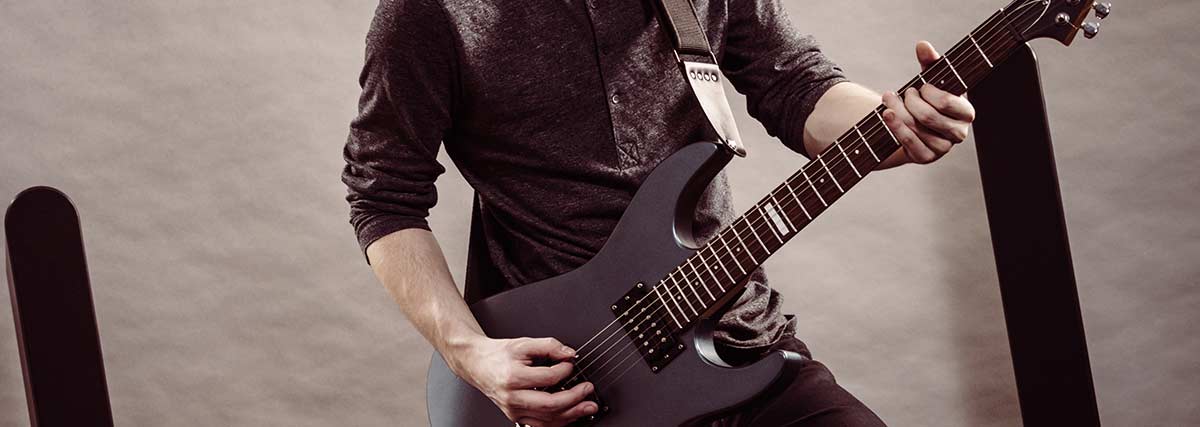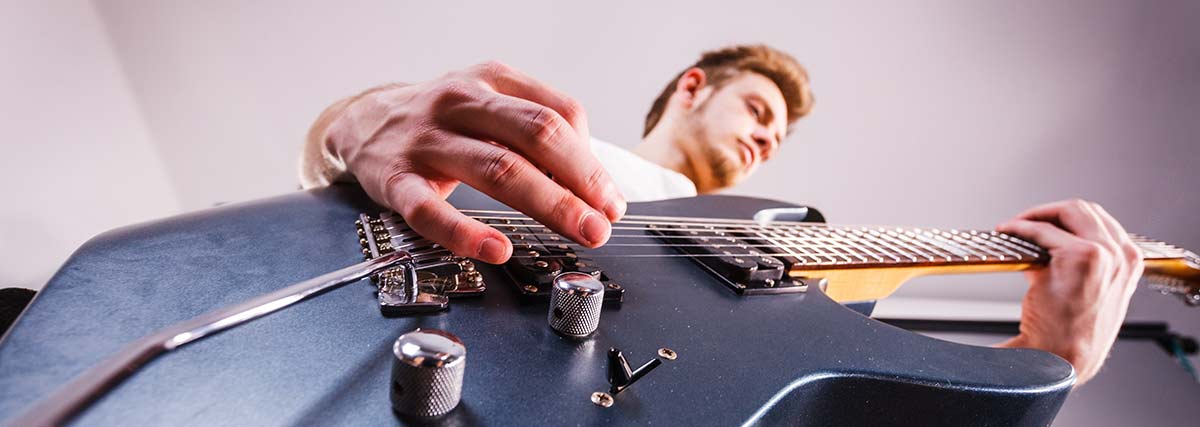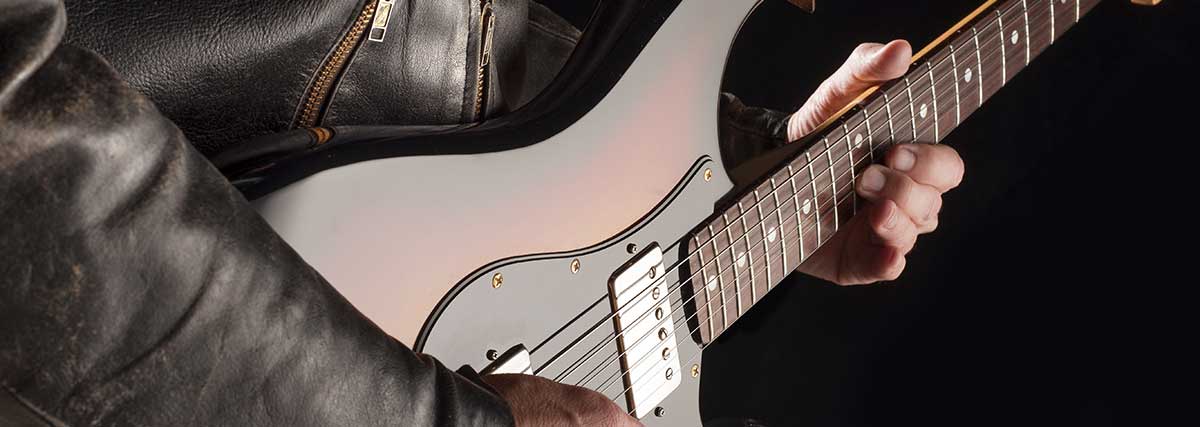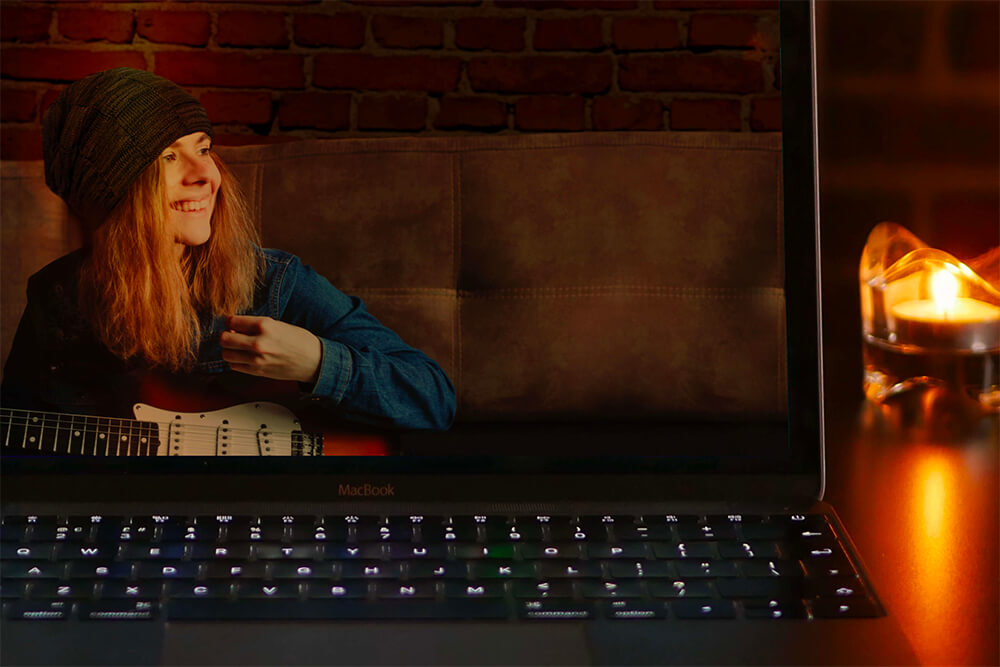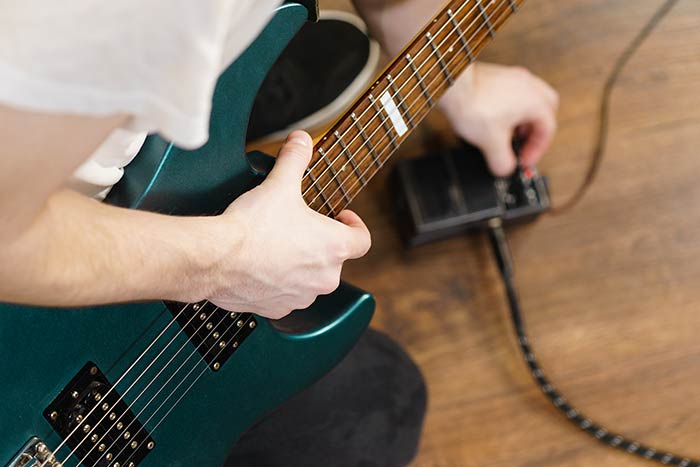So What is Reverb?
There’s no doubt that every human has heard reverb before in their lifetime, whether they’ve realised it or not! Put simply, reverb is the persistence of sound after the sound is produced, meaning it is the decay of the sound after the actual sound source has occurred. The amount and size of the reverb will depend on the size of space the source is in, how many other objects are present in the space (such as furniture, carpets or other people) and how loud the original sound source is (for example how loud someone yells “hello”).
Where Have We Heard Reverb Before?
Have you ever been moving out of a house or apartment that was once filled with all of your furniture and belongings, and once you’ve emptied out all of these objects you notice an echo occurring after you or someone else speaks? Or perhaps you’ve been in a large church and noticed that when someone else closes the door behind them the sound of the door bounces off all of the walls? This is reverb. The reason why your old apartment now has reverb is because your furniture that was once there was soaking up the sound of you talking, so instead of bouncing off of the walls to create reverb like it does now, this is absorbed into your couch and rug to deaden this reverb decay. And as for the church, many churches, especially old fashioned ones will have very high ceilings, giving the sound source more room and surface area to bounce off of and create reverb.
We also hear reverb in the context of musical recording or live performance very regularly! Reverb is a tool that is very important in music production, and serves many different purposes across different instruments. One place that you’ve no doubt heard reverb on musical recordings is on vocals, which gives a nice tail off to a note that would otherwise have no natural decay in its dry form. Reverb is very common on guitars also, being heard on Dick Dale’s surf guitar riff in his 1962 hit “Misirlou”. Spring reverb (more below) became a stable to the surf guitar tone in the 1960’s and can be heard in excess on many recordings of that era.
A lesser common place to hear reverb, although interesting when heard is reverb on drums, which Phil Collins was a keen adaptor of. His 1981 song “In The Air Tonight” is well known for that famous drum fill that enters at 3 minutes 41 seconds, which achieves its big sound through the use of gated reverb. This combination of reverb and a noise gate gives that initial excitement and large feeling through the use of the reverb to achieve a huge sound, for the noise gate to cut the signal off shortly after to create impact and tightness. This particular drum fill was quoted by Stuart Maconie (English radio DJ, journalist, presenter and critic) as very important for 80’s drum sounds, stating “setting the template for all the eighties drum songs after that”.
How is Reverb Produced for Musical Purposes?
Although reverb is a fantastic effect to use in music production and live performance, it’s not all that practical to find an old church to record in, or to take all of the furniture out of your house every time you want to record! There are several ways in which reverb is artificially reproduced for musical purposes, one of the earliest examples of this being plate reverb.
Plate Reverb
Plate reverb first became a popular tool in recording studios of the 1950’s as a way to create reverb that could be manipulated to create the exact sound that the producer or engineer was looking for. This type of reverb is created when a steel plate is suspended with springs in the corners of a frame, which would allow the steel plate to vibrate when it is given a sound source. The vibration of the plate is what gives the manufactured reverb sound, and is recorded in the same room as the plate itself to be sent back out to the recording console. This was very popular at the time since the only other alternative was to have a reverb chamber, which was effectively a room with a high ceiling which would create natural reverb within the chamber itself, so even though reverb plates may be considered bulky by todays standards, they were certainly more practical and cost effective than a reverb chamber!
Spring Reverb
Similar to plate reverb in the way that the technology works to create the reverb sound, spring reverb also uses springs and vibration to create its signal. A very popular addition to guitar amplifiers of the 1960’s, spring reverb is achieved when springs inside of a metal reverb tank vibrate to create the reverb effect, much like plate reverb but in a more portable package! Spring reverb has a very specific sound to it, and is most often associated with guitar sounds as they were and still often are inbuilt units to a guitar amplifier. Fender was one of the earliest users of the spring reverb, after they acquired a license from the Hammond Organ company to use their Type 4 Spring Reverb unit. The sound of spring reverb is often heard in Surf music of the 1960’s, since many players used heavy amounts of spring reverb in their Fender amplifiers to create this wet and bouncy texture.
Digital Reverb
It would only be a matter of time before reverb was no longer created through the use of standalone analog units, to be created digitally! The late 1970’s saw the invention of more digital technology in music production, with many effects such as reverb and delay being created inside digital units which used computers to create the sounds in a much more compact, customisable and reliable package. One of the first examples of digital reverb units was the Lexicon 224 Digital Reverberator, which re-created chamber, plate and room reverbs in it’s own way.
This unit sat on top of the recording console and could be patched in to different channels to be programmed to give very specific reverb sounds that the producer was looking for, making it extremely popular for the time period. This unit is very popular even today, with many studios and producers using these same units from the late 70’s, reproductions of the original units, or plug-in simulations of the Lexicon to give that now timeless and in-demand reverb sound.
Why Do We Use Reverb for Musical Purposes?
Reverb is used all over music production both in the modern age and the decades that have passed, and will be used differently to achieve different purposes. When used in excess, reverb can give an ambient texture to any instrument or vocal to create a large sense of space and decay, which gives
the illusion that the notes will carry on forever. One place where reverb can be heard clearly on both guitar and vocals is on Jeff Buckley’s 1994 version of “Hallelujah”, a song originally released by Leonard Cohen ten years prior. Because of the intimate nature of the song being just electric guitar and vocals, this leaves a lot of sonic space to be filled which is achieved through using large amounts of reverb. In more of a full band scenario this may not be possible, as using this much reverb would muddy up the mix and make the different elements hard to hear. For more intimate performances however, using reverb to create ambience is an effective tool to fill up space to make for a fuller, richer sound.
This technique of using reverb in excess isn’t unique to just singer/songwriter solo performances however! Reverb is a great tool to add to electric guitars during a solo or lead part to give the sound more excitement and impact overall. Sometimes in combination with a delay effect, reverb can give a guitar solo a ‘stadium sound’ making it sound huge and as if it will decay on forever! This mood is heard in the intro of Eric Johnson’s 1990 instrumental hit “Cliffs Of Dover”, where he uses both reverb and delay throughout the song to create this excitement.
Now don’t think that reverb has to be used just this way to create lush ambient textures. Reverb can also be used in minuscule amounts where it is more felt instead of heard. This is common on lead vocals, as adding just a touch of reverb will give what would have been a completely dry vocal signal a bit more life, without being overly audible on first listen. An example of where this can be heard is on Adele’s song “Set Fire To The Rain” from her 2011 album 21, which uses minimal amounts of reverb to give a little more character to the sound. You don’t necessarily notice it when it is there, but if the recording engineer were to take it away we would feel like something is missing. Finding that balance between too much and too little is actually a very hard thing to achieve on any instrument. Why not try it on your guitar? Set your reverb pedal to almost off (but slightly there) and play for a few minutes, now turn the reverb off altogether. Does it feel like something is missing?
Reverb Guitar Pedals
If you were to dig through a guitarists collection of stompbox pedals, there’s bound to be a reverb pedal in there somewhere! And if you don’t yet own your first reverb pedal, listen up because it might be something that you’ll want to invest in in the near future! Everything that we have just spoken about in terms of the different types of reverb and how they are used for different purposes, is all achievable with one small pedal on your pedalboard. Reverb pedals come in all sizes and prices, some being super simple with one reverb sound, and others with loads of knobs and presets that look like they may as well be a spaceship! Knowing what sort of reverb pedal you need will depend on what sounds you are looking to get.
If you are after a simple spring style reverb like that heard in guitar amplifiers (maybe your amp doesn’t have inbuilt reverb, or it’s not tweak-able enough) there are plenty of simple spring reverb pedals on the market in all different price ranges. Some examples include the Wampler Mini Faux, JHS Spring Tank and the Catalinbread Topanga. If you think you may want a few different flavours of reverb but still want a relatively simple package that isn’t going to overwhelm you if you’re just getting started, there are many pedals out there who offer different reverb sounds in an easy to use stompbox. Some that are definitely worth checking out include the TC Electronic Hall of Fame, the Strymon Bluesky and the MXR M300 Reverb. If you consider yourself somewhat of a reverb king or queen and want to make the effect a staple part of your sound, there are many pedals that allow for almost infinite tweak-ability and preset storage.
These can tend to be a little more pricey since they come with more features, but are worth the investment if you really dig your reverb! Some of my favourites include the Strymon Bigsky, Boss RV-500 and the Ventris Dual Reverb. Once you’ve picked up a reverb pedal, or if you already have one, start messing around with some settings to achieve the applications spoken about above.
So What DOES Reverb Do?
Ok so I guess we now know that reverb is the persistence of sound after that sound has been produced at the source, but what does reverb actually do? And how is this at all relevant to music? Well, reverb achieves many different purposes. It can create a sense of space and make an existing performance even more exciting and epic through using a high mix ratio of the effect on guitar, vocals, drums, and many other instruments! It can create lush, ambient textures through using warm and long decays for more stripped back performances. Or it can be used very subtly to give a bit more life to a dry source of sound that we would miss if it were gone, even if we couldn’t quite put our finger on what was different about the performance. The one thing that all of these applications of the effect have in common is that reverb fills out the dead space in-between the notes that may not be desirable for that musical purpose, to make for a more full recording or performance. Whether you’re a guitar player with a reverb pedal, a producer with a plug in, or a vocalist with a PA setup, the one thing we all have in common is that we all love reverb!
Tags: Guitar advice, Guitar tips, Learning guitar FAQ
